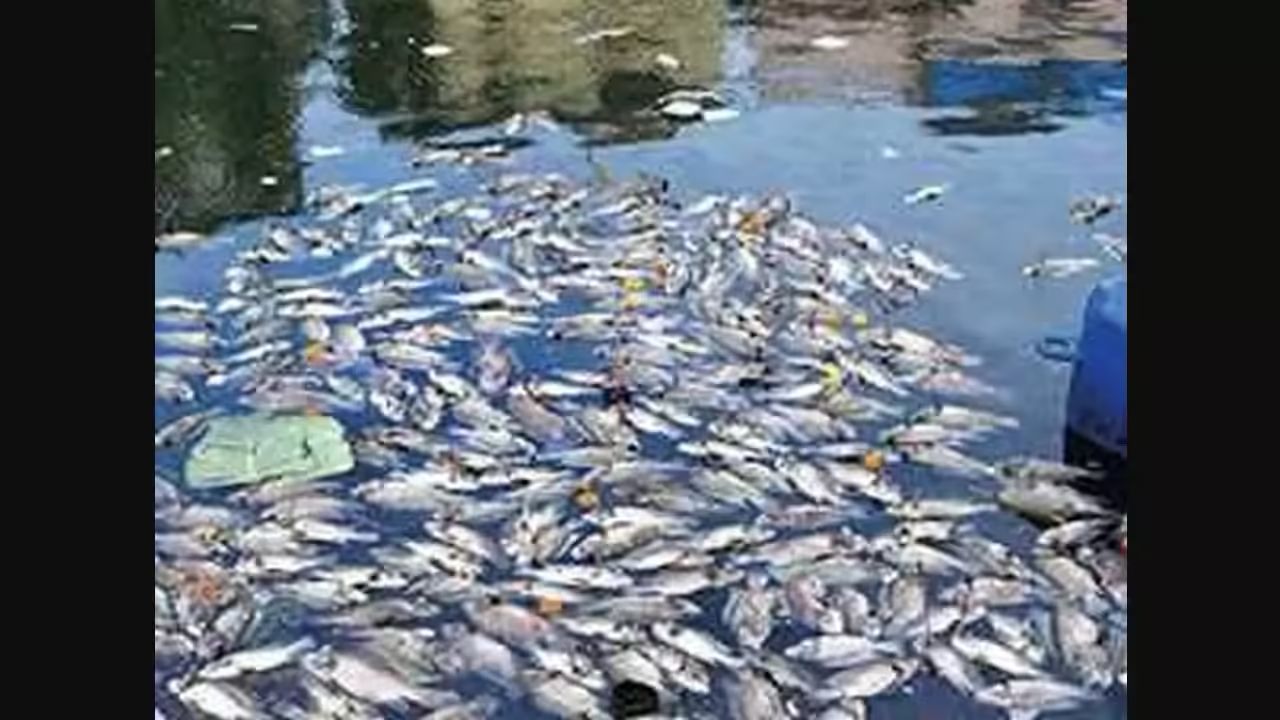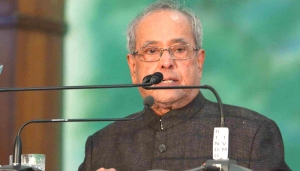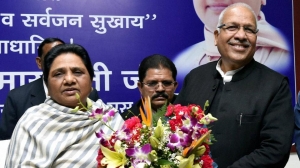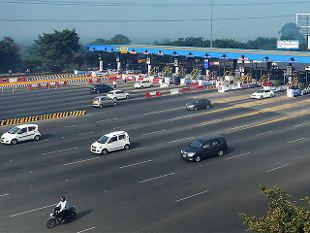Annual Fish Deaths at Banganga Tank Highlight Longstanding Management Issues

Mumbai | September 25, 2025 Between September 21 and 23, following the Hindu observances of Pitru Paksha, the Brihanmumbai Municipal Corporation (BMC) removed approximately 10 tonnes of dead fish and organic waste from the Banganga Tank in Mumbai. This yearly cleanup highlights a recurring environmental issue: despite repeated interventions, the tank faces the same crisis every year. About Banganga Tank Situated in Walkeshwar on Malabar Hill, Banganga Tank is a rectangular step-well dating back to the 12th century. Constructed with black basalt stone steps and lime-plaster pillars, it is protected as a heritage site by the Maharashtra Directorate of Archaeology and Museums. Banganga is one of the last natural freshwater bodies in Mumbai, despite its proximity to the Arabian Sea, and supports around 220 species of fish. The tank is also a major site for religious rituals, especially during Pitru Paksha, when devotees make offerings of flowers and food in memory of ancestors. These offerings, however, increase organic pollution, reducing oxygen levels in the water and resulting in large-scale fish deaths. Recurring Environmental Challenges The BMC conducts an annual cleanup, removing dead fish and floral debris while installing water pumps and artificial aerators to increase oxygen levels. However, these measures have proven insufficient to prevent repeated fish die-offs. In previous attempts, authorities set up artificial tanks along the tank’s periphery to discourage immersion in the main water body. These efforts largely failed, as the crowd attending the rituals exceeded the capacity of the temporary tanks. Responsibility and Management Although Banganga is a heritage site under the Directorate of Archaeology and Museums, the Gaud Saraswat Brahmin (GSB) Trust manages its daily upkeep. Civic officials emphasize that the BMC lacks administrative authority over the tank or the rituals performed there. The municipal body can provide logistical support, but it cannot restrict the Pitru Paksha ceremonies or other religious activities. “The archaeological department is responsible for the physical maintenance of the tank, while the trust manages its usage,” a BMC official explained. Failed Renovation Efforts Several restoration and renovation projects for Banganga have been proposed over the years. In 2024, the Maharashtra government and BMC planned renovations supported by local MLA and Guardian Minister Mangal Prabhat Lodha, but the project remains incomplete. Earlier proposals between 2018 and 2019, backed by the GSB Trust and the state government, also failed to materialize. A GSB Trust representative clarified, “We do not have authority to maintain the tank fully, as it is a listed heritage site. The archaeological department holds responsibility for structural maintenance, while the trust manages ritualistic activities.” Conclusion Banganga Tank’s yearly fish deaths underscore the challenges of balancing heritage conservation, religious practices, and ecological sustainability. With multiple stakeholders—the BMC, GSB Trust, and archaeological authorities—responsible for different aspects, coordinated efforts are required to prevent this recurring crisis while preserving the tank’s cultural and historical significance. Banganga Tank Faces Annual Fish Deaths in Mumbai Every year after Pitru Paksha, Mumbai’s historic Banganga Tank in Walkeshwar sees massive fish deaths, and this year was no exception. Between September 21 and 23, the BMC removed around 10 tonnes of dead fish and organic waste. The tank, dating back to the 12th century and home to over 220 fish species, is polluted each year by ritual offerings of flowers and food, which reduce oxygen levels. Managed by the GSB Trust and protected as a heritage site, the tank suffers from recurring ecological issues, while renovation efforts remain incomplete and long-term solutions are yet to be implemented.




